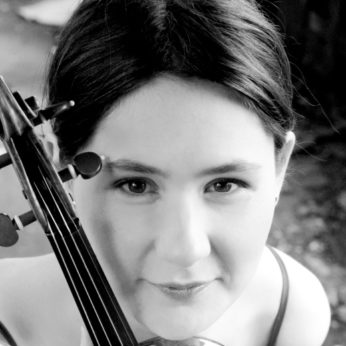I never was concerned with general theories to be applied to the works I was about to write…even now I would prefer to try new ways and means instead of deducing theories. Bartók 1943
In his youth Bartók was passionate about his nationality. He insisted on speaking in Hungarian although German was the language of the musical intelligentsia. Along with Kodály he spent many of his vacations from his teaching work at the Budapest Academy on field trips in remote provinces of Hungary collecting folk tunes. So it was natural that throughout his life he used Hungarian folk music in his own compositions. The verbunkos originated as a recruitment dance in the eighteenth century. Soldiers skilled at dance or acrobatics accompanied by gypsy bands were assigned to lure young men into signing up for the Imperial army; the music would be in a tempestuous, appealing and sentimental style that originated in folk music before being transformed by the gypsy musicians. In the nineteenth century this was further elevated by violin virtuosos into fantasies and rhapsodies and other art forms. In Bartók’s music the verbunkos becomes a symbol of the nation, of its moods and expressions.
Contrasts was commissioned by the American jazz clarinettist, Benny Goodman, through the auspices of the American-Hungarian violinist, Joseph Szigeti. Goodman actually suggested the Hungarian style though he asked for a short two-movement work that would fit on a 77rpm record. Bartók never managed to be that concise though the work only had two movements at its first performance. He inserted the slow movement before the 1940 performance with Goodman and Szigeti. All three movements are in dance form and, once heard, the verbunkos dance of the first movement is quite unmistakable though it needs an element of showmanship and rhythmic panache to bring it off. The movement concludes with a cadenza for the clarinet. The Pihenö is a relaxation between the active outer movements in the introspective mood of Bartók’s night music with a reminiscence of the gamelan in the piano part. The final dance, Sebes, opens with the violinist playing on a scordatura tuning, as though a mistuned village fiddle. This is replaced by a normally tuned violin after 35 bars. The piano accompaniment is remarkable for its often percussive left hand in rapidly changing clusters and short glissandi, which along with the antics of the other instruments creates a wonderfully grotesque village band effect.
